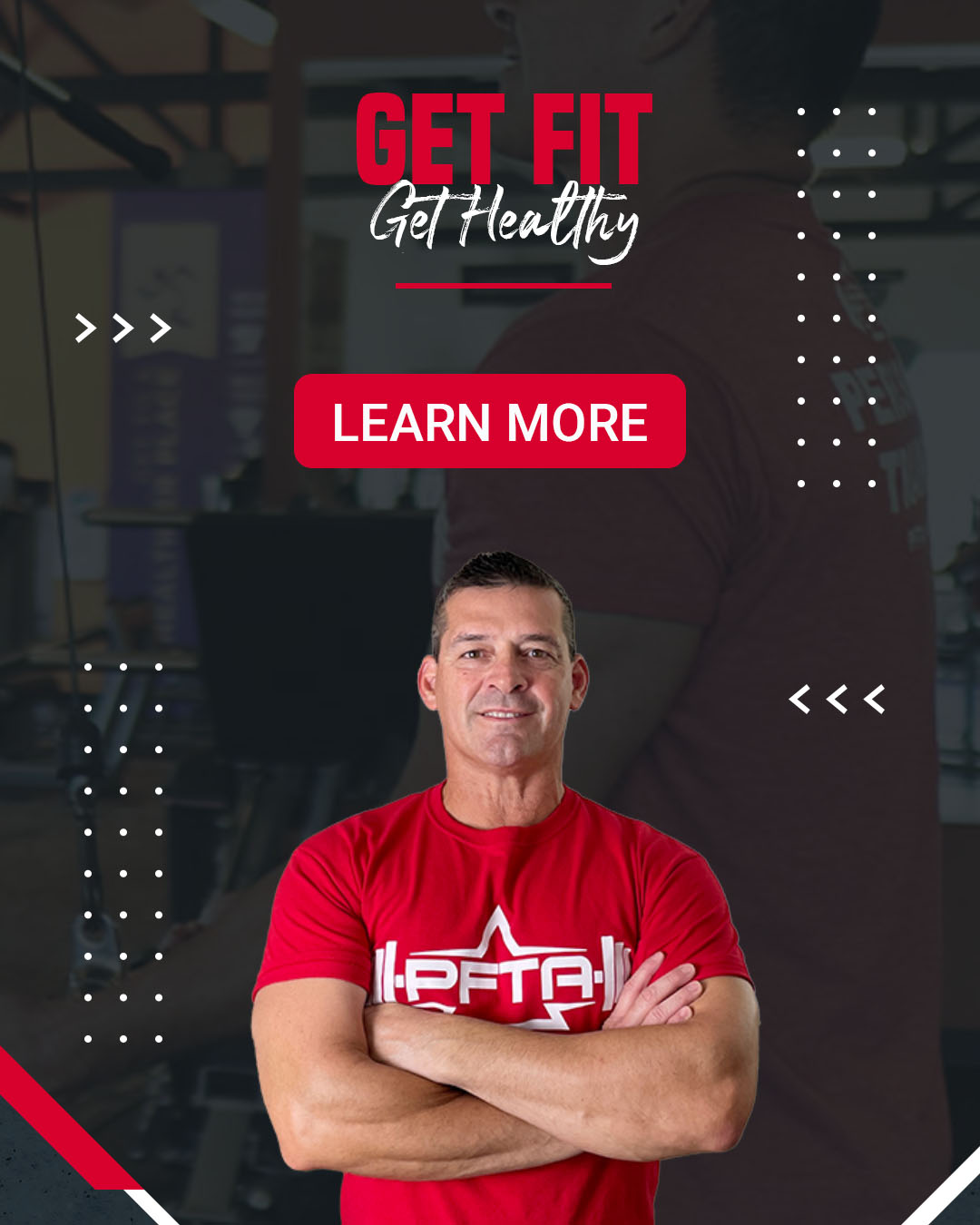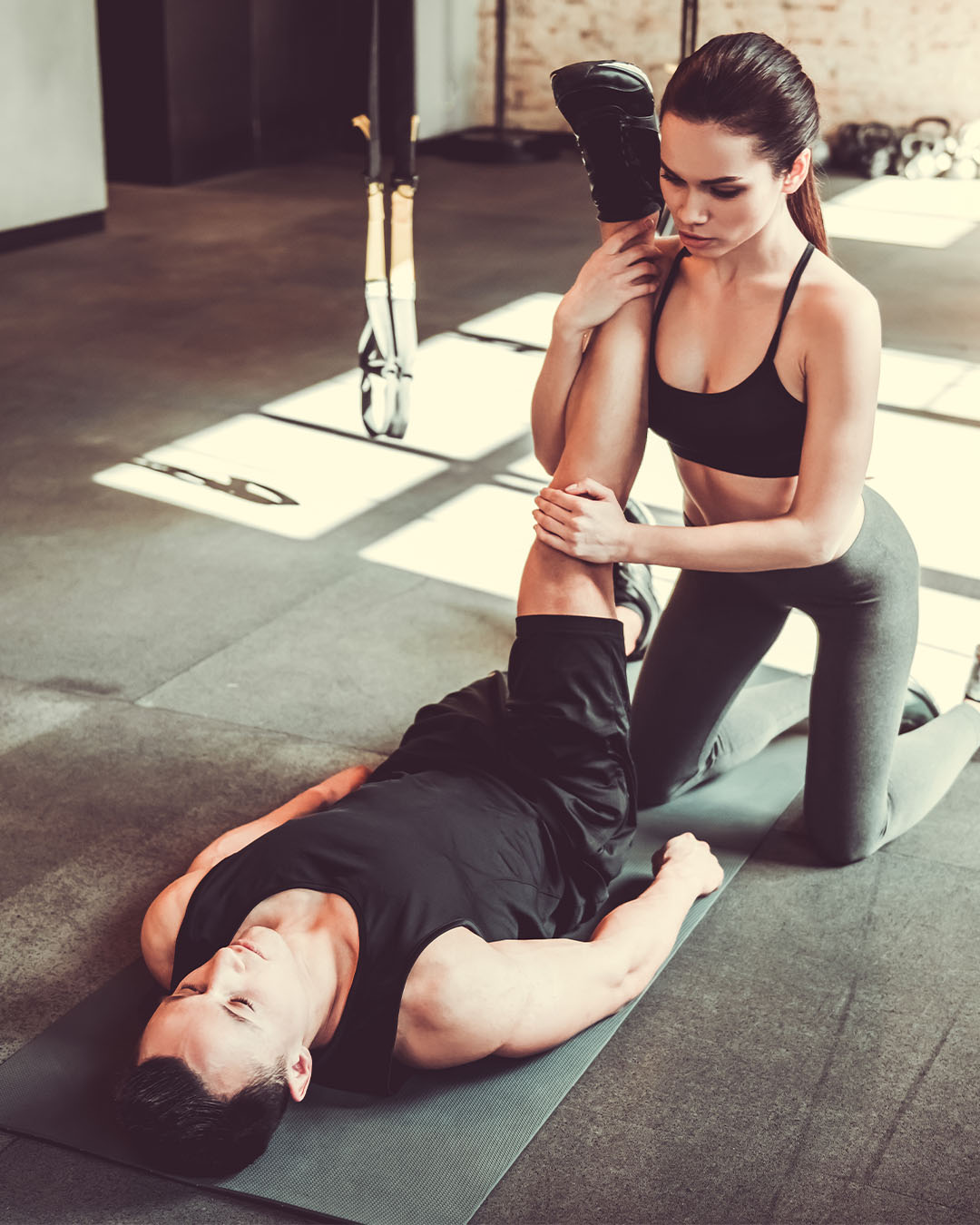Flexibility Training
Everyone loves to see the benefits of weight training and cardio exercise, but most people forget about the benefits of stretching. From improving flexibility to enhancing mental clarity, stretching is a simple yet powerful practice that can significantly impact overall well-being. Find the time to stretch all your major muscles after your warm-up and/or after your workout. This article explores the multifaceted advantages of stretching and why it deserves a more prominent place in our daily lives.
Enhanced Flexibility
One of the most immediate benefits of stretching is increased flexibility. Flexibility refers to the range of motion available at a joint, and stretching helps to lengthen muscles and improve joint mobility. Flexibility is sometimes undervalued because you can’t see the results in the mirror. Athletes love to see their muscles in the mirror or their cardio times improve, but some gains are beneath the surface.
Regular stretching can prevent stiffness and maintain functional movement, making daily activities easier and more comfortable. For athletes, increased flexibility can enhance performance and reduce the risk of injury by allowing muscles to work more efficiently.
And if you want to learn more about exercise science and sports nutrition, click the image below to review our classes.

Improved Posture
Modern lifestyles often involve long hours of sitting at desks, which can lead to poor posture and associated discomfort. Stretching, especially exercises targeting the back, shoulders, and neck, can counteract the negative effects of prolonged sitting. By stretching these areas, you can help realign the spine, reduce muscle tension, and support better posture. Improved posture not only alleviates discomfort but also contributes to a more confident and balanced appearance.
In fact, if you don't stretch your chest, you may develop rounded shoulders, also known as upper crossed syndrome. You can avoid upper crossed syndrome by stretching your chest muscles and strengthening your back muscles. We've written an article on the three steps to correcting rounded shoulders. You can also watch the video version by clicking the image below.

Injury Prevention
Regular stretching is a proactive measure that can significantly reduce the risk of injuries. By maintaining flexibility and range of motion, stretching helps ensure that muscles and joints function properly during physical activities. Stretching also enhances proprioception, the body’s awareness of its position in space, which can improve coordination and balance. These factors collectively contribute to a lower risk of strains, sprains, and other injuries.
Are you new to exercise? Do you need help setting up a safe and effective plan? Click the image below to get more info on personal training.

Improved Athletic Performance
Athletes often incorporate stretching into their routines to enhance performance. Dynamic stretching, performed before a workout, prepares the muscles for exercise by increasing blood flow and improving range of motion. This type of stretching can enhance speed, strength, and agility. Static stretching, performed after exercise, helps to cool down the muscles and maintain flexibility, which can improve overall athletic performance and reduce the risk of injury.
Furthermore, listening to music may also improve your workout performance. Click on the image below to read more about the benefits of mixing up your own playlist.

Stress Relief
Stretching isn’t just beneficial for the body; it also has positive effects on the mind. Incorporating stretching into your routine can help alleviate stress and promote relaxation. Gentle, mindful stretching encourages deep breathing, which activates the parasympathetic nervous system—the body’s “rest and digest” mode. This relaxation response can reduce anxiety, improve mood, and enhance mental clarity. Stretching can also serve as a form of meditation, allowing individuals to focus on the present moment and release mental tension.
Moreover, we've written an article that covers more things you can do to relieve stress. Click on the image below to review our top 5 tips to reduce stress.

Better Sleep Quality
Who doesn't want better sleep quality? Incorporating stretching into your evening routine can improve sleep quality. Gentle stretching before bed can help release physical tension accumulated throughout the day, promoting relaxation and preparing the body for restful sleep. Improved circulation and reduced muscle stiffness contribute to a more comfortable sleeping experience. Additionally, stretching can help regulate the body’s internal clock by creating a calming pre-sleep routine.
Time Constraint
Furthermore, many people may skip stretching because they don’t feel they have enough time to stretch. But the truth is, it doesn't take a lot of time to increase flexibility. In fact, a recent study published by NSCA shows a 30 second stretch, for each muscle, after each workout, will bring you flexibility benefits after just six short weeks!
And it's really not necessary to hold for more than 30 seconds. Shoukat (2017) confirmed that holding a stretch for 30 seconds is just as effective as repetitions of 60 or 90 seconds. So even if you stretch out only 5 minutes per day, that's 10 muscles that can really use improved flexibility.
On the other hand, another study proved that stretching for only six seconds brought no flexibility benefits to the test subjects. Therefore, reserve the last 10 to 15 minutes of your workout for stretching. You can stretch 15 to 20 muscles in those last 10 minutes if you stretch each muscle for 30 to 40 seconds. Remember, stretching is just as important as diet and exercise.
Tight Muscles
It's important to stretch all your muscles. But, if you're wondering which muscles need the most attention, I can say without a doubt, most Americans have tight pecs, lats, hamstrings, calves, hip flexors and low back. Start with those muscles and then work your way around the body.
The most important thing is that you starting a stretching program. Beedle (2007) confirmed it doesn’t matter if you stretch after your 5 min warm-up or after your workout; both protocols will improve your flexibility. If you need help finding stretches for a particular muscle, make sure to contact a PFTA certified personal trainer.
Incorporate Stretching
To reap the full benefits of stretching, it’s important to incorporate it into your daily routine. Consider the following tips for an effective stretching practice:
- Warm-Up First: Engage in light aerobic activity before stretching to warm up the muscles and prepare them for more intense stretching.
- Incorporate Both Dynamic and Static Stretching: Use dynamic stretching before workouts to prepare the body for activity, and static stretching after exercise or before bed to promote relaxation and flexibility.
- Listen to Your Body: Stretching should never be painful. Focus on gentle, controlled movements and avoid overstretching. Pay attention to how your body responds and adjust accordingly.
- Be Consistent: Regular stretching is key to maintaining flexibility and overall well-being. Aim to include stretching in your daily routine for optimal results.
- Use Proper Technique: Ensure that you are using correct stretching techniques to maximize benefits and prevent injury. Consider consulting a fitness professional for guidance if needed.
Types of Stretching
Static Stretching
Probably the most common type of stretching is static stretching. This is the type of stretching where you usually hold the stretch for 30 or more seconds. The goal while you're stretching is a slight discomfort. It doesn’t have to be painful, but you should feel the stretch. In fact, Muanjai (2017) studied the difference between pain and discomfort in a flexibility study. The subjects who reported pain did NOT improve their flexibility any more than the subjects who reported discomfort. Therefore, shoot for a 30 second goal of discomfort, rest for 20 seconds, and repeat. Two to three sets per muscles seems to be the most common protocol from most of the studies.
Dynamic Stretching
Another popular type of stretching is called dynamic stretching. Dynamic stretching has gained popularity in the sports arena. Dynamic stretching involves exaggerated movements to warm-up and stretch your muscles. Long strides, high knees, and or butt kickers are example of dynamic stretching before an event.

Passive Stretching
Moreover, stretching can also be performed passively; for example, if you have a personal trainer or a training partner stretching your muscles for you. Popular passive stretches are hamstring stretches and chest stretches. Your partner or personal trainer helps you get to a stretched position.
PNF Stretching
Lastly, we have proprioceptive neuromuscular facilitation, also called PNF stretching. You will also need a partner for this type of stretch. You will contract a muscle against resistance followed by relaxing the targeted muscles while your partner stretches you.
Furthermore, De Baranda (2010) confirmed ACSM’s findings with a study of over 100 people performing different types of stretching protocols. The results indicated that stretching, even just 3 days per week, improved all subjects’ flexibility.
Knowledge is Power
And if you want more tips on exercise and nutrition, add your email below. You'll receive weekly tips directly to your inbox. Plus, you'll also receive the occasional coupon code for our classes.
Summary
There’s no doubt we could all use more flexibility. Stretching is a valuable practice that offers numerous benefits for both physical and mental health. By enhancing flexibility, improving posture, reducing muscle tension, and supporting overall well-being, stretching is an accessible and effective tool for enhancing quality of life. Whether you’re an athlete or simply looking to improve your daily comfort and functionality, incorporating stretching into your routine can lead to a healthier, more balanced lifestyle. If you follow the simple tips above, you will start to see and feel the benefits of stretching very quickly. Happy health and happy training!!
Written By
RAescobar, PFTA instructor and personal trainer
Sources:
BEEDLE, BARRY B., et al. “No Difference in Pre- and Postexercise Stretching on Flexibility.” Journal of Strength and Conditioning Research, vol. 21, no. 3, Aug. 2007, pp. 780–783.
de Baranda, P.Sainz, and F. Ayala. “Chronic Flexibility Improvement After 12 Week of Stretching Program Utilizing the ACSM Recommendations: Hamstring Flexibility.” International Journal of Sports Medicine, vol. 31, no. 6, June 2010, pp. 389–396.
Muanjai, Pornpimol, et al. “The Acute Benefits and Risks of Passive Stretching to the Point of Pain.” European Journal of Applied Physiology, vol. 117, no. 6, June 2017, pp. 1217–1226.
Shoukat, Halima, et al. “Effects of Different Stretching Times on Range of Motion in Patients with Hamstring Tightness: A Randomised Control Trial.” Annals of King Edward Medical University, vol. 23, no. 4, Oct. 2017, pp. 1–6.